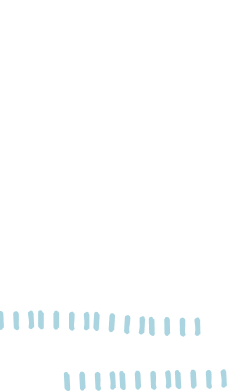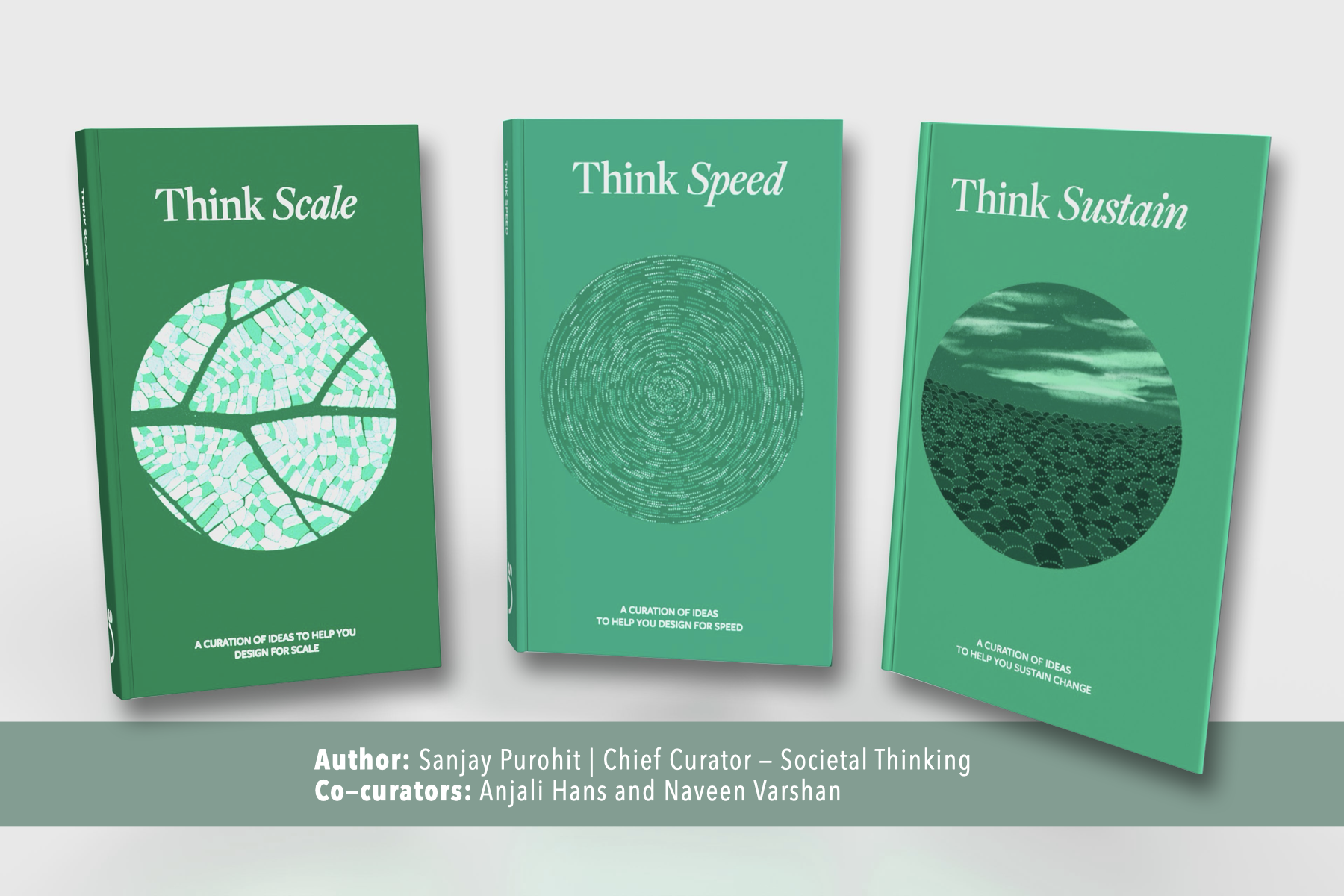Is it possible to solve social problems at scale, at a speed faster than they occur, and be able to sustain the change? For anyone worried about social inequities, these are big questions to grapple with. A lot of resources and energy are spent on pilots, experiments, innovations, interventions and grassroots programs and yet, social problems keep growing and mutating.
Are speed, scale and sustainability pipe dreams?
Our quest to find answers led us from Asia to the Americas to Africa and even Europe. We found a lot of examples of exponential and sustainable change in Social Movements. Social movements like the Civil Rights movement in the US, the anti-Apartheid struggle in South Africa, and the anti-colonial Civil Disobedience movement in India exemplify sustainable exponential change. They were audacious endeavors that started as a small spark, roused interest of the entire society and made it possible to reach a seemingly impossible state of change from which there was no turning back.
Incredible, isn’t it? We realised social movements could help us get to the heart of what drives people to come together and enable exponential change:
- A (seemingly) simple call-to-action that everyone can relate to and easily follow. Be it the nonviolent civil disobedience in the US’ civil rights movement or boycotting foreign goods in India’s Quit India movement, simple acts that any citizen could follow were most important. Citizens had to make one small shift in mindset and in practice.
- A diverse set of people who make the central idea their own and make it relevant across many contexts, pulling more and more people to join. There is no one way to do things but many. For example, India’s Civil Disobedience movement, which started as a march against unequal salt laws eventually garnered mass participation, with people not paying taxes and shunning other laws (like forest laws) and goods (particularly foreign cloth)..
- Harnessing the collective energy of large groups to give an exponential leap to the idea. Successful movements scaled and sustained themselves by inducing network effects – adding incremental value to the movement by continuously adding new actors who then take the idea to many more new people. The anti-apartheid struggle is an example of a movement which got support from diverse actors — local, national and transnational groups. Apart from activists and citizens, the movement engaged with intergovernmental organisations such as the United Nations, the Commonwealth, Organisation for African Unity (OAU) and European Economic Community (EEC), to influence their government to act on the people’s needs.
Today, the world is more connected and the average citizen enjoys more access and a stronger voice than ever before. What might social change look like in our times? What could we learn from the social movements that have shaped our present about designing for generative and collaborative exponential social change?
Our work with change leaders across the globe helped us develop a framework to think about scarcity, diversity and scale differently. We call our framework the Societal Model. It is a way to induce exponential change (~ change that leads to more and rapid changes) through three key components:
- Shared Capabilities: Infrastructure – physical and/or digital – that can make taking simple actions easy. DIKSHA, India’s education platform printed Energized Textbooks – textbooks with QR codes that give students access to contextual content about topics in the textbooks, from introductory videos to question banks. By introducing one small action of scanning QR codes and enabling a backend that supports it, the platform has created a new habit of accessing more and relevant educational content.
- Co-Creation Ecosystems: These are collaborative spaces where different actors can develop solutions fast and more efficiently. These spaces give actors access to pre-existing solutions, capabilities and resources as well as the tools to build their own solutions on top. Actors from diverse backgrounds, with wide-ranging resources and capabilities, can mix-and-match solutions and contribute to enhancing shared capabilities. Take the example of Mantra4Change. It brings together government administrators, teachers and the local community to work towards school improvement through the PACE (Project for Active Cluster Engagement) program. The program combines knowledge and mapping tools from the ShikshaLokam platform and knowledge/physical footprint of local partners to design and execute school improvement projects. The capabilities on the platform and the ability to virtually map the on-ground activities makes the co-creation among diverse actors feasible and sustainable.
- Societal Networks: These are pathways to amplify the benefits of the solutions co-created by Samaj-Sarkaar-Bazaar (State, civil society and market) to everyone. For instance, several state governments in India and non-profit organisations leverage DIKSHA to extend the reach of their work to millions of people.
The Societal Model reflects the ingredients of successful social movements: restoring the agency of people, bringing diverse co-creators together and weaving vibrant networks around a shared vision.
How could the Societal Model help you find your exponential? Find out here.
 Back
Back


